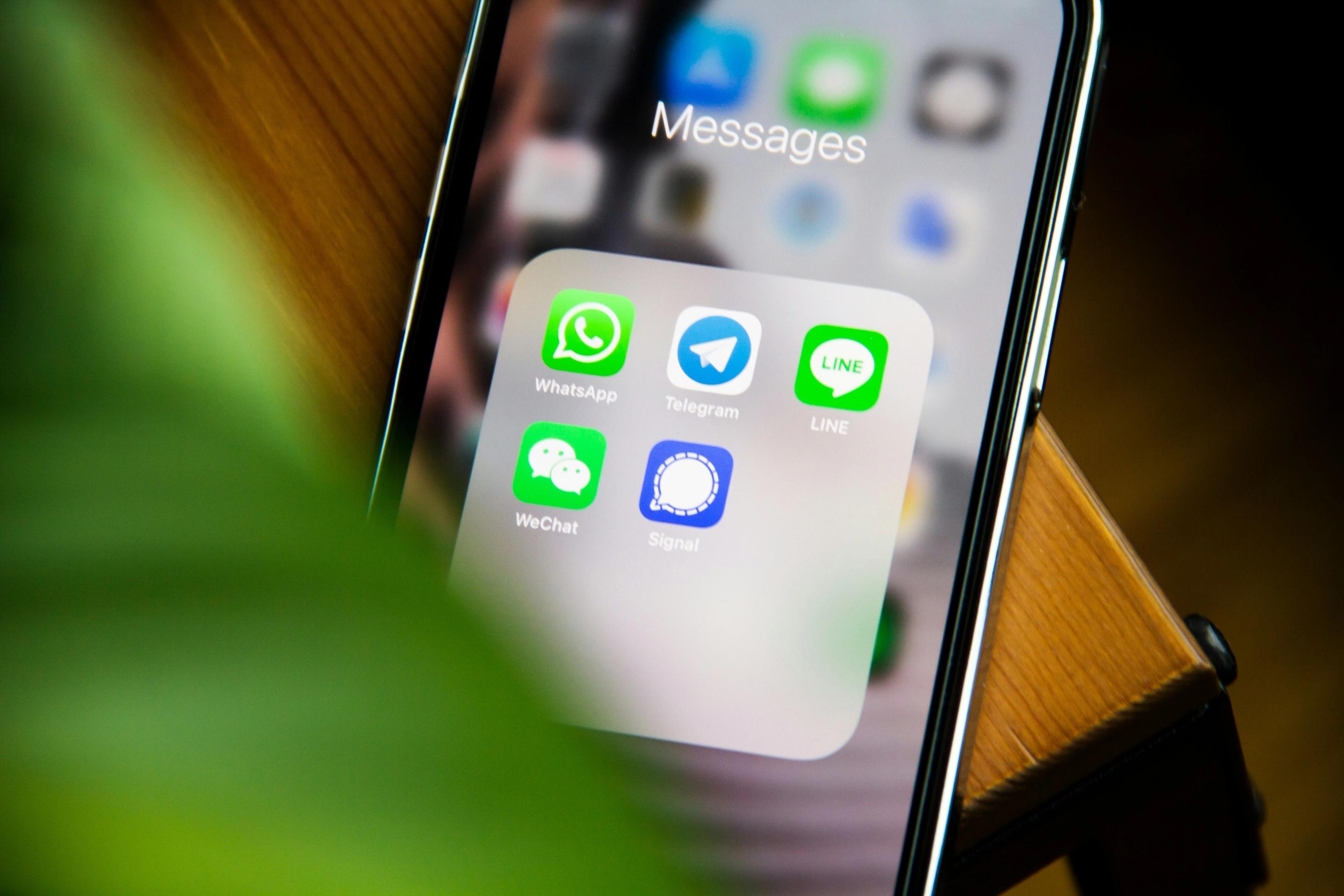Interview: talking behavioural science with Samuel Salzer
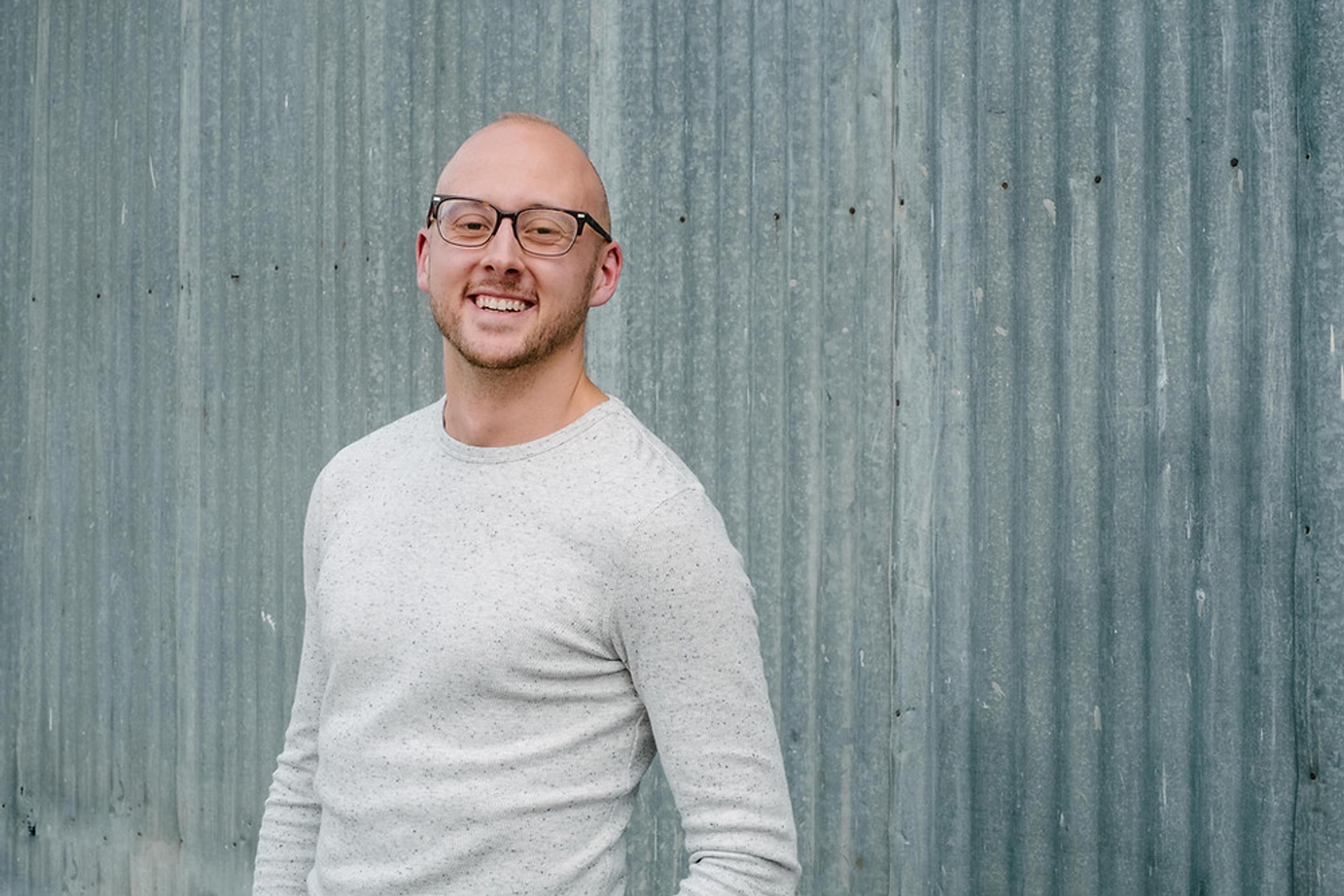
Samuel Salzer is a leading Behavioural Strategist and habit expert. He has worked all over the globe and has helped many people build habits that help them live better lives. He specialises in applying insights from behavioural science and behavioural economics to solve real-world problems. As well as this, he is a keynote speaker, the co-author of , and the curator of the growing newsletter, Habit Weekly.
Salzer recently spoke at our panel discussion, Digital Products that Stick, about the science behind habit forming products and common mistakes brands make when applying behavioural science techniques. We wanted to further explore the field of behavioural science and how brands can apply it to their digital products, so we sat down to pick his brain.
Tell us a bit about what you do and your background…
I'm Samuel Salzer and I’m a Behavioural Strategist. What that means is that I help companies and businesses around the world to apply behavioural science in practice. I'm all about seeing how we can take all the beautiful insights we have in psychology, behavioural science and economics, and use it to make better products and services.
My goal, for a long time, has been to help build 1 million good habits in the world, and I feel I may have succeeded in that…I don't have a perfect measurement for it, but I've worked with a lot of large-scale initiatives; so multimillion users or people have been involved. So that's what I aim to do; to make the world better, one good habit at a time.
What made you interested in behavioural science?
I studied economics and finance at university. I was lucky to have a professor who I was doing research for, who started to smuggle me books on behavioural economics. I was immediately intrigued and fascinated by the idea that how I saw the world was in this poor resolution quality. When I read these books, I felt like I began seeing things much clearer.
I jumped down the rabbit hole of behavioural science to see where it could take me. The big shift for me was when I started thinking about long-term behaviour changes. So, not only how do we change a decision in a moment, but actually, how do we help people to make long-term changes?
I was personally invested because a lot of people in my life were struggling with making changes and sticking to them. For example, where they wanted to meditate, or they wanted to eat better usually because they were really stressed or were struggling with weight issues, and finding that a ‘nudge’ wasn't enough. That’s why I started to study habit formation research and how to apply that at scale.
I was really excited to see how we can build products and services that would achieve the same goal to help people create long-term change.
Can you please give us a brief background of behavioural science and how it can help us shape habits and digital products?
In some general terms, the most valuable thing about behavioural science is that it encourages us to understand the real problem. We can better understand what the main barriers are that prevent people from achieving their habits. And when you understand that, the solutions are easier to design since you know what the real drivers of what makes or breaks this behaviour are.
And with habits, what we need to understand is that first of all, you have cues that are context dependent, which means that if a habit is formed, you have a time, place or situation connected to it. You're acting automatically based on something you see or feel. And there's something either in you internally or in your environment that activates that behaviour. For example, if you’re building an app that helps people quit smoking, it's really important to understand what triggers people to smoke in the first place. It’s about asking “how do we effectively shape the context that triggers people to do the right thing?”.
By understanding this, you begin to understand what you need to remove externally and overcome internally to manage those cravings.
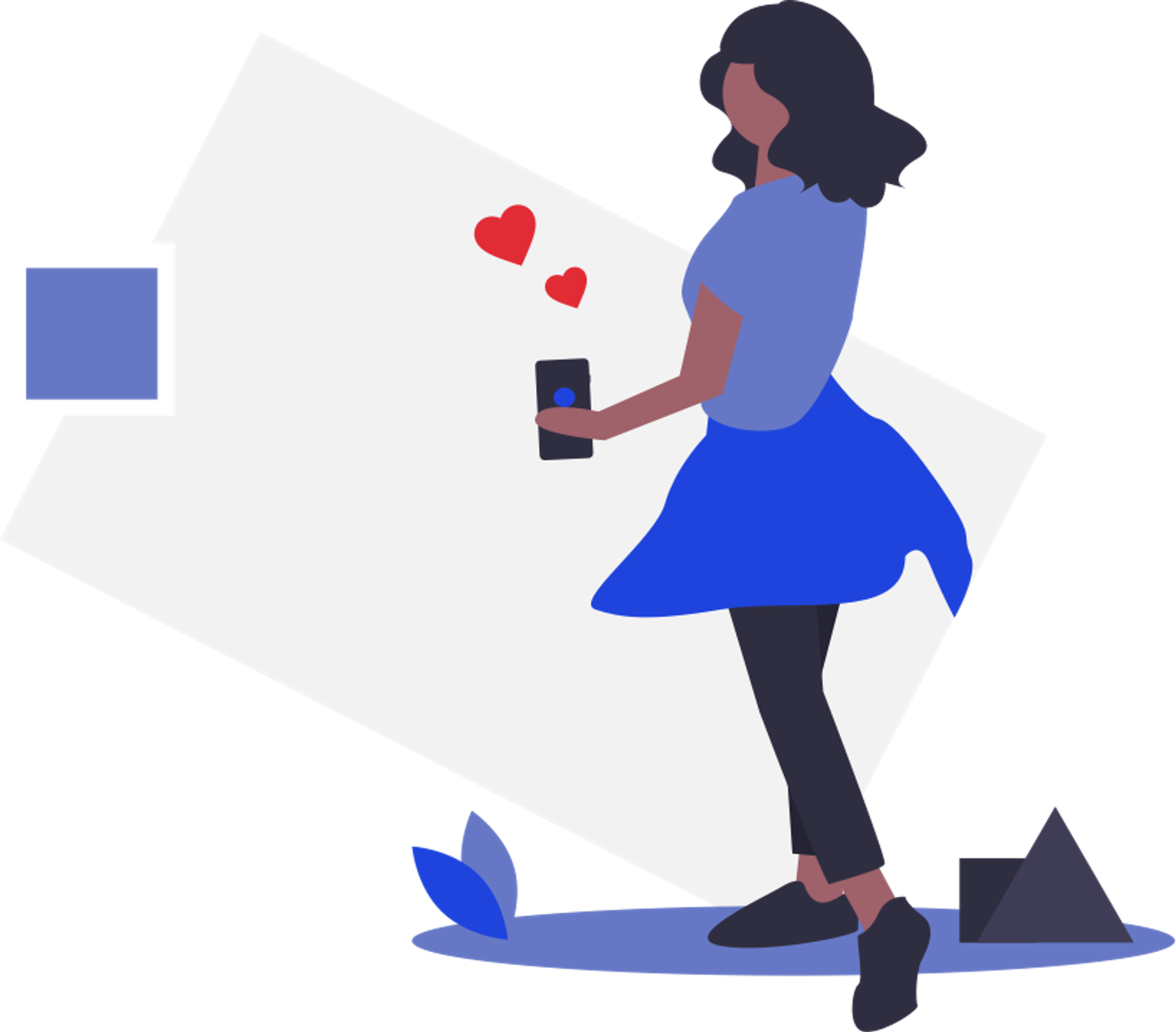
What has been the most interesting thing you’ve learnt about human behaviour change while you’ve been working as a Behavioural Strategist?
So for me, it would be that idea that if you ask someone why, they will always give you an answer, but many times it’s not the “true” answer. Humans are very good at convincing themselves and our brains are very capable of creating stories that do this. Whether you know the answer or not, your brain will always find a way to create a convincing story, mostly for yourself. People are really good at lying to themselves. I’m as guilty of this as anyone else.
If you have all your incentives, everything in your personal life or in your financial setting that relies on you to believe a certain thing, you often are going to find a way to justify it or believe it. And I love this book called , because it's all about how we deal with being in a state of cognitive dissonance when we have done something that is different from how we see ourselves.
If we do something that we don't think is in line with who we are, we could then change our image of ourselves, for example, believing we’re not a good person because we’ve said something mean, or not that active because we haven't exercised in a month. However, that often doesn’t feel very good. On the opposite end, we can create a story that still justifies the person who we see ourselves as by making an excuse for doing something: “it’s been a busy week at work” or “it was the pint of beer's fault, not mine”.
I was in a user interview once with a user who was asked to track his meals. We were tracking what he ate for a week, so he put it in an app and in the followup interview I noticed that his food preferences said he was a vegetarian. But in the week, he had logged four kebabs. And his reasoning was that there is more lettuce and salad on a kebab than meat. He still tried his best to justify it and still saw himself as a vegetarian, even though he had a kebab almost every day.
Behavioural science and behavioural design have become buzzwords among brands recently - why do you think brands are becoming increasingly interested in building their behavioural science understanding and capabilities?
A lot of people working within brands have learnt about human behaviour from testing things out; throwing things at the wall and seeing what sticks. This is a great way to find out what works, but with this approach, brands don’t often know why something works. We don't know what actually makes this an effective thing, or how it could be improved. So brands are missing some potential opportunities to improve or make better products.
What brands like about behavioural science is that it helps us understand what actually makes a behaviour form and last. It naturally makes it easier to then also improve your brand and customer experience. I think it is a natural progression to thinking about how we create better products and experiences.
You often talk about the importance of brands focusing on changing the right behaviours, and for example, avoiding common mistakes such as too much focus on gamification. How can brands actually achieve a meaningful behaviour change?
In some ways, the answer is boring because it's all about better understanding your customers or your users and their context. Behavioural science is a good way to do this because it often lands. Brands should look beyond user interviews and focus groups, and start to introduce behavioural science combined with behavioural maps, for example. This helps create a much, much deeper understanding of what actually makes users change behaviour.
A behavioural map is in some ways similar to a customer journey map but one big difference is that instead of just thinking about how people are feeling across the journey, you delve into more psychological principles to understand a little bit more about what their psychological biases or barriers are within the journey.
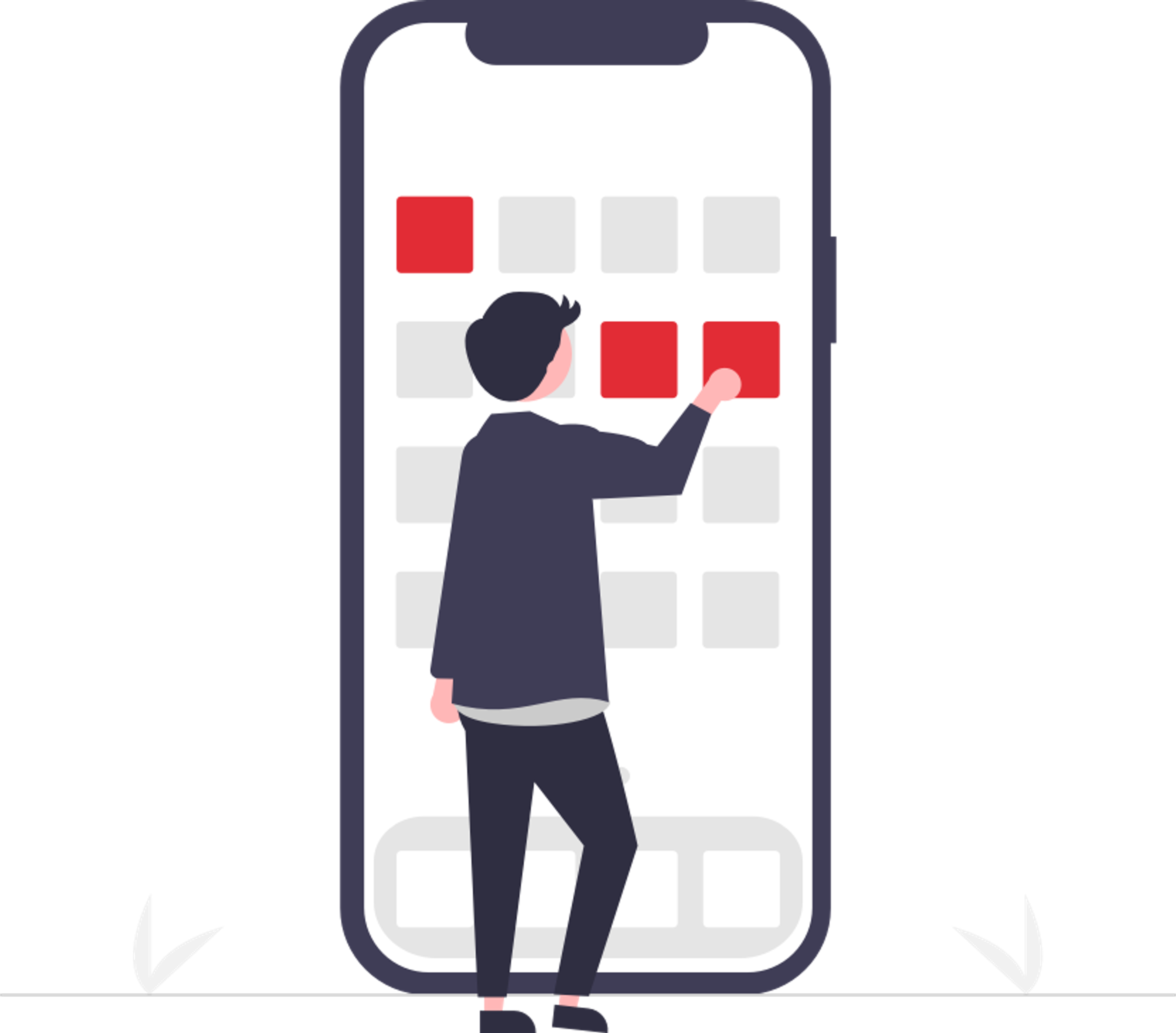
We’re big fans of your newsletter, Habit Weekly. How do you achieve a fine balance between discussing the science of habits and making your content accessible to a wider audience?
It makes it easier when we're talking about human behaviour, which is fascinating by itself. I'm just making sure that there is good information and that what I share is backed by a reputable or scientific source.
Like you say, it’s a fine balance because some people that get the newsletter are Behavioural Scientists and others have just heard about something related to the field and want to know more.
What's exciting to me is that there need not be a difference between something that is really scientific and something that is interesting and fun to read. I try to find something that has a really solid foundation, but is presented in a way that's fun as well and wanting people to go away feeling like they’ve learnt something as well.
How do you see the field of behavioural science developing in the next 5 years?
I think whereas now we have a lot of Behavioural Scientists and Strategists working as consultants, in the next 5 years I see them moving more in-house. There will be more Behavioural Scientists working in teams, whether that’s the UX, Engineering, or Marketing teams. Right now, that’s quite unusual.
The second big trend I see is I think it's going to move a little bit away from this cool, exciting toolbox of new buzzwords like nudges, gamification, and habits, and towards how behavioural science can be applied better in the user research stage to have a more granular understanding of the user and the journey.
And lastly, in your opinion, what products are currently killing it when it comes to successfully developing habits for long-term use?
So the first one that comes to mind is the Dreams app in Sweden. They do a phenomenal job at making something dull like saving money fun and easy to do, which is really hard. They’ve combined your saving goal with your dreams and that’s really strong motivation for most users because it urges you to save for a purpose.
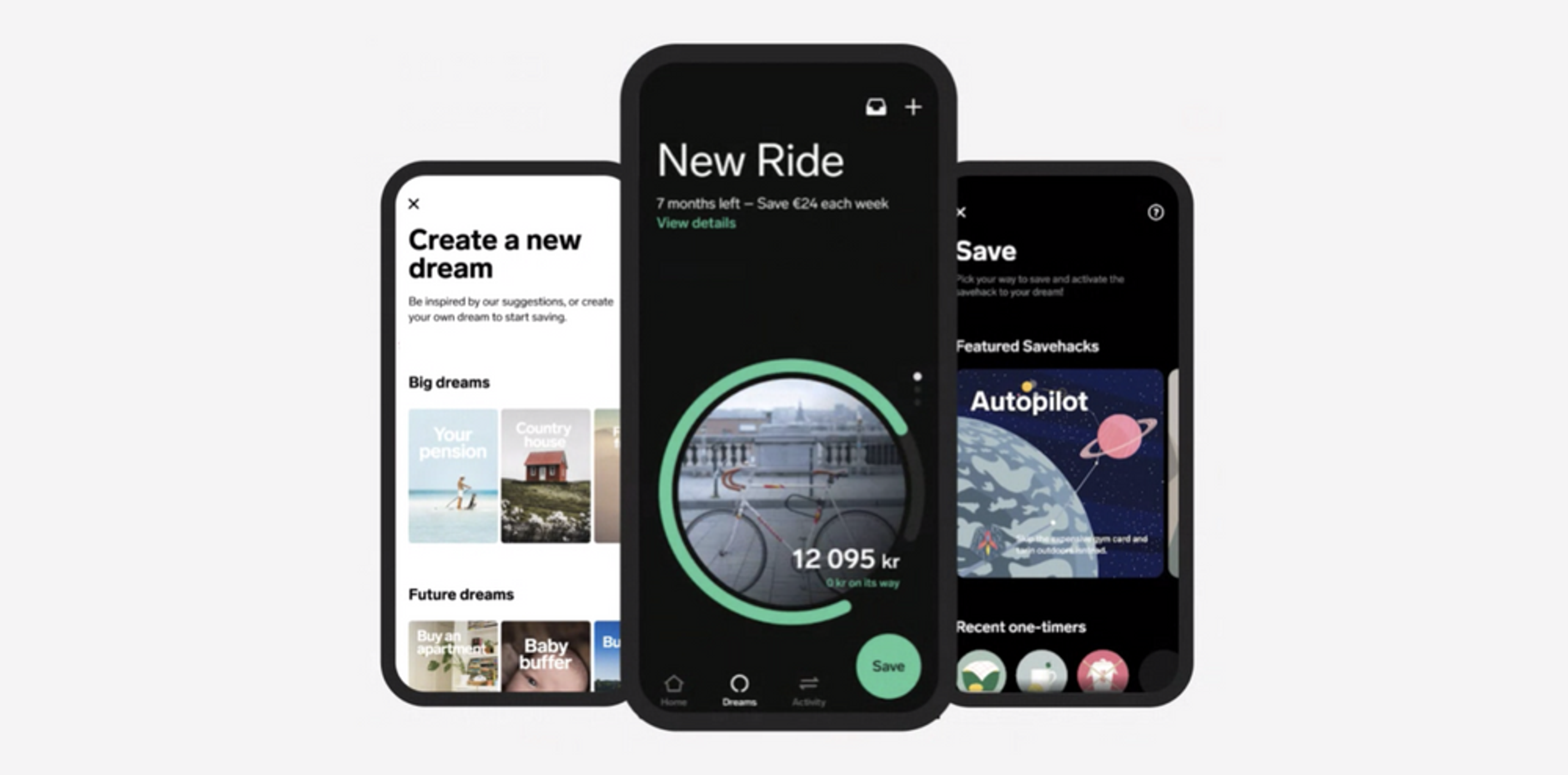
The second product that comes to mind is called Shapa, which combines a physical product with a digital intervention. Shapa provides you with a scale but one that doesn’t have numbers - you step on it, and it gives you a weekly average indicator, which is a colour. So for example, yellow if you’re steady or red if you’ve gained weight but it’s a weekly average, not a daily one, so it’s far easier for people to bounce back.

And the last one I’ll mention is Peloton. Peloton does an amazing job and has around 90%+ one year retention, which is honestly unheard of.
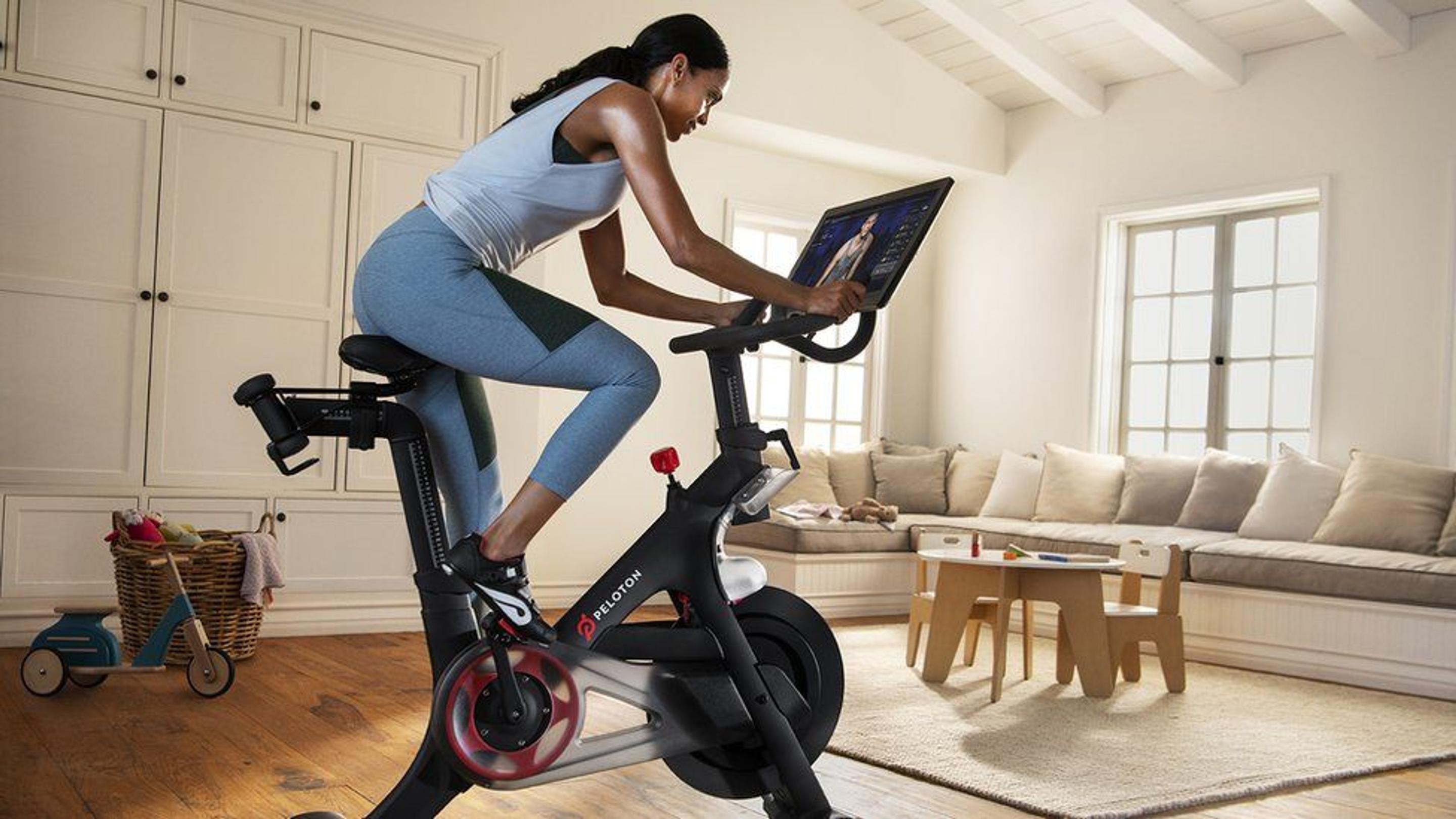
Ready to delve deeper into the field of behavioural science and apply it to your own business challenges? We’ve developed a Habit Map that helps businesses uncover hidden opportunities of developing habits, which results in returning customers and increased brand loyalty. For help in developing yours, get in touch with our team today.
Insights

The Ultimate Guide to Sports Fan Loyalty | Future Platforms

Maximise Peak ROI with Customer Loyalty and Retention

5 Trends Driving AI in Customer Loyalty Programmes

Leveraging Motion Design for Visually Engaging Websites

How COVID-19 Could Shape the Future of Transport
